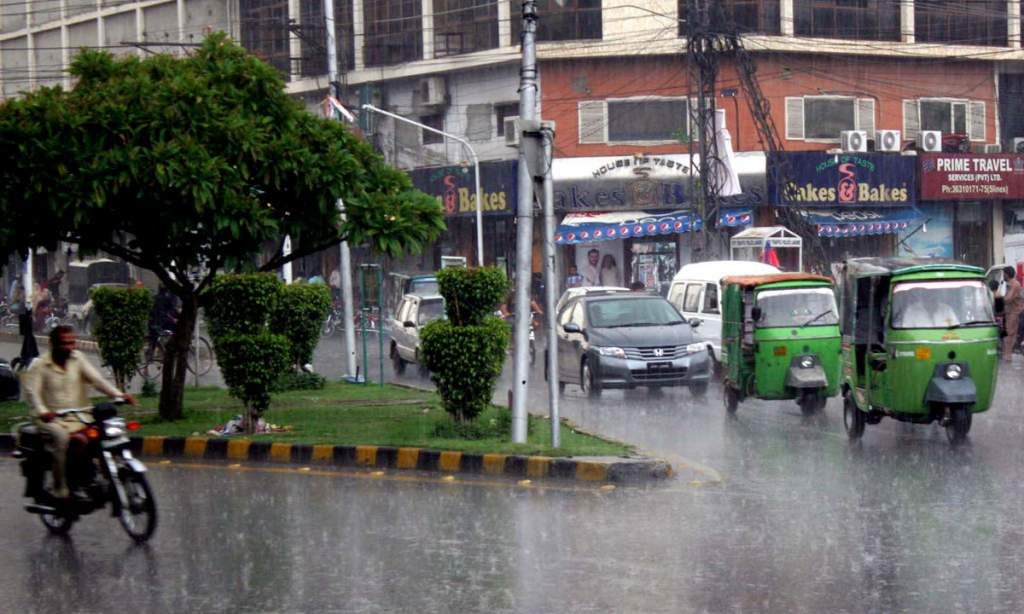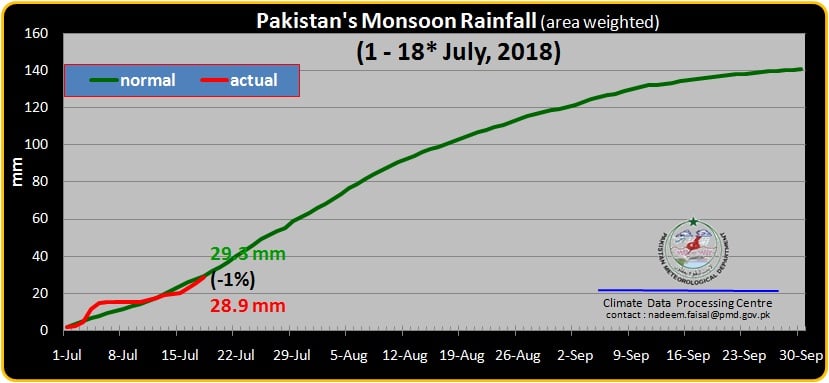WASA announces rain emergency in most parts of Pakistan. Water and Sanitation Authority has issued a rain warning in some parts of Pakistan as the ongoing rain spells in the early monsoon season is continue. Furthermore, there are high chances of more rains in the coming days in some part of the country.
Yesterday, rains and thunderstorms with gusty winds were witnessed at Lahore, Hazara, Rawalpindi, Gujranwala, Faisalabad, D.G.Khan divisions, Islamabad, and Kashmir. In addition to these places rain was also spotted at some isolated parts in Peshawar, Shaheed Benazirabad divisions and Gilgit-Baltistan.
On Thursday Lahore experienced another wave of heavy rainfall that started continued for at least an hour. Following the rain, routine life was disturbed across the city and traffic jams were spotted at different major roads such as Jail Road, Mall Road, Canal Bank Road, Lakshmi Chowk, Lawerance Road and Ferozepur Road in the city which caused water to stand on the roads.

On the other hand, Pakistan Meteorological Department (PMD) predicted further downpour over the weekend.
Must Read: Who will rule the Pakistan after 6 days? A brief analysis of facts and figures
PMD issued a statement which reads “According to the synoptic situation, a seasonal low is lying over Northwest Balochistan. Weak monsoon currents from Arabian Sea and Bay of Bengal are continuously penetrating parts of the country and are likely to continue during the next 48 hours”.
Moreover, due to the recent spells of rains, Rawalpindi is suffering badly as the water level in Nullah Lai in Rawalpindi has amplified. Following this development a red alert for flood has been issued in the twin cities.
In July, the rainfall level was high as you can see in the picture below which shows the normal vs actual rainfall in July:
Area-wise these cities have received less rainfall than normal: Gilgit-Baltistan (-57%), Sindh (-67%) and Balochistan (-38%).
In last two days, Islamabad received 60mm rain, followed by Toba Tek Singh (49mm), Shorkot (41mm), Rawalpindi (36mm) and Mandi Bahaud-Din (33 m), Muzaffarabad 47mm, 25mm in Balakot, Lahore and Murree 29mm, 5mm in Bagrote Gilgit Baltistan and 2mm in Shaheed Benazirabad and Padidan in Sindh.




